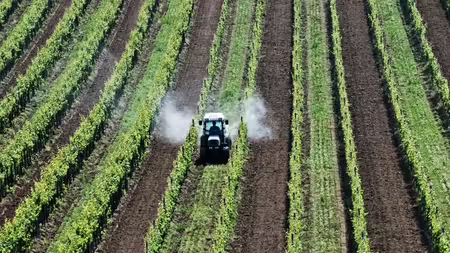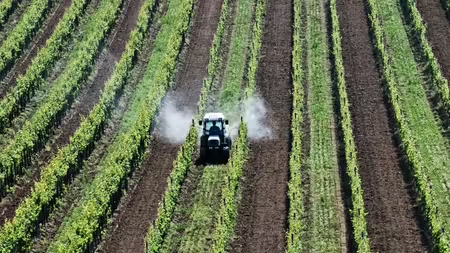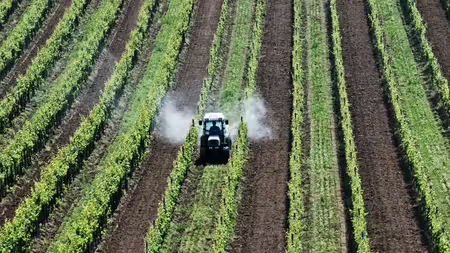 Pesticide Applicator/Operator Testing
Pesticide Applicator/Operator Testing
County
LaSalle
 Pesticide Applicator/Operator Testing
Pesticide Applicator/Operator Testing
 Pesticide Applicator/Operator Testing
Pesticide Applicator/Operator Testing
 Pesticide Applicator/Operator Testing
Pesticide Applicator/Operator Testing
We give helpful tips for helping out pollinators plus our favorite pollinator plants. Plus, tons of resources if you’re looking to include pollinator habitat in your landscape.
Garlic mustard is a high-priority invasive plant that harms native forest ecosystems in Illinois. Researchers from University of Illinois and University of Wisconsin collaborated to test at what growth stage herbicides can be used on garlic mustard and still stop the plants from producing viable...
101 Mumford Hall (MC-710)
1301 W. Gregory Dr.
Urbana, IL 61801
Email: extension@illinois.edu